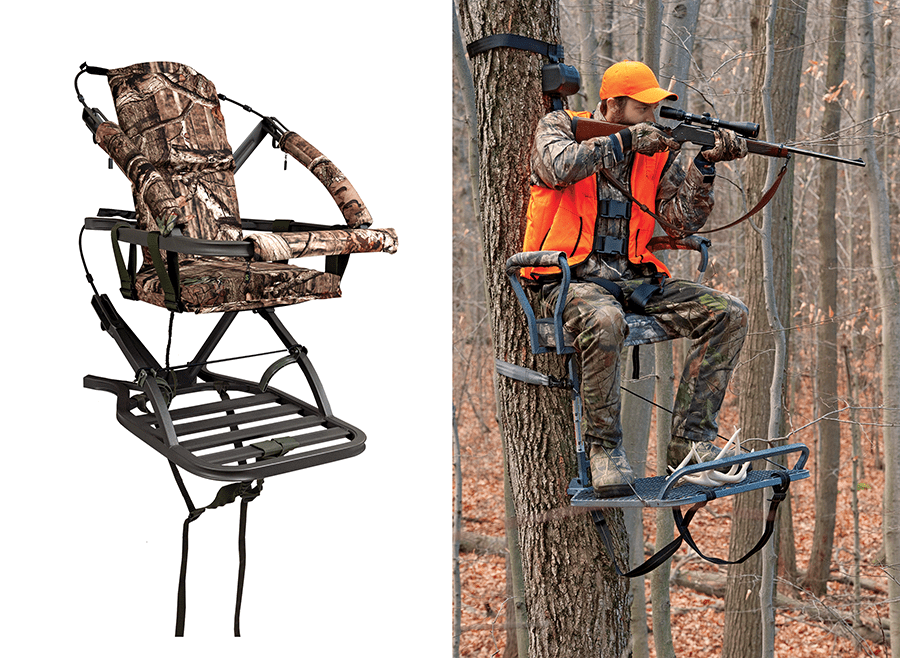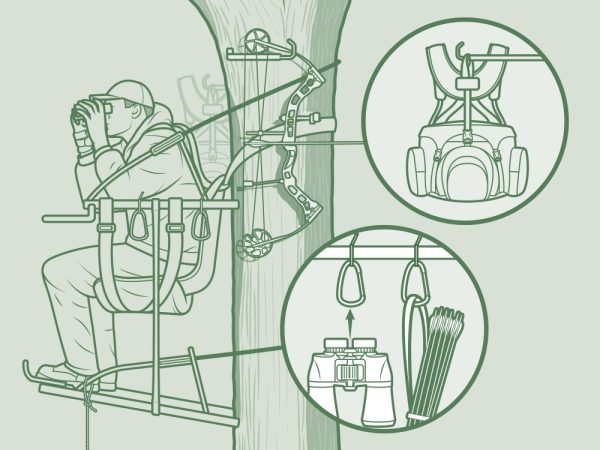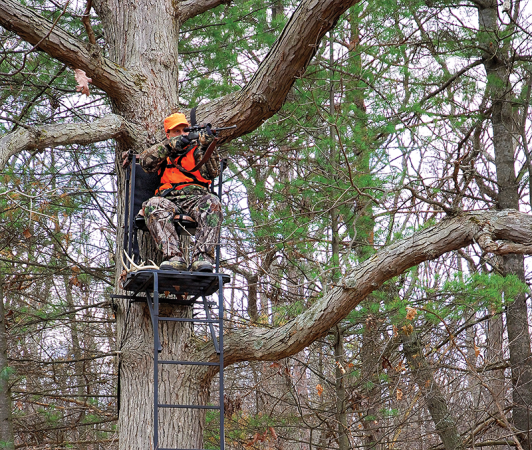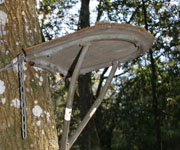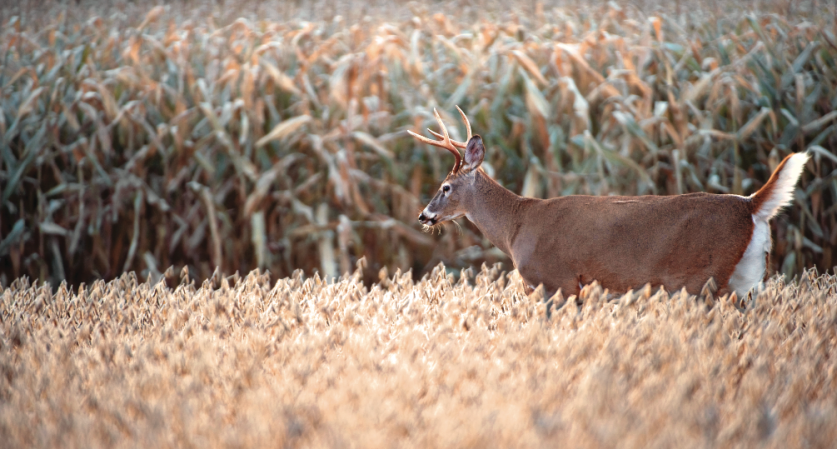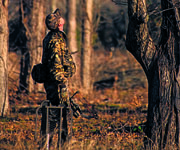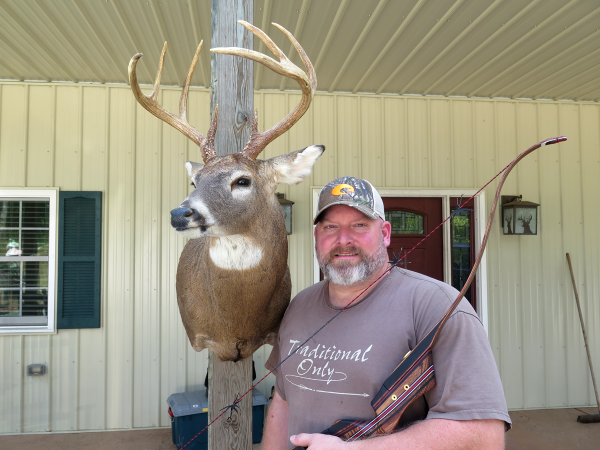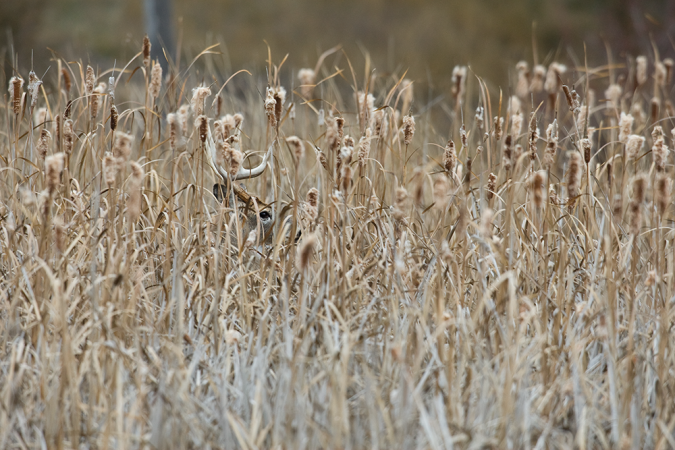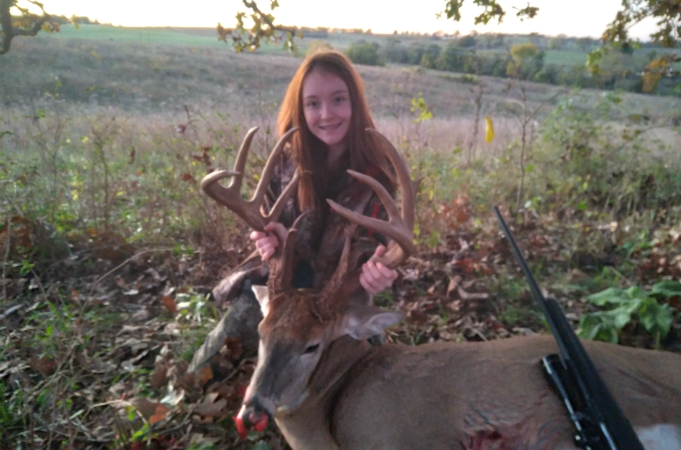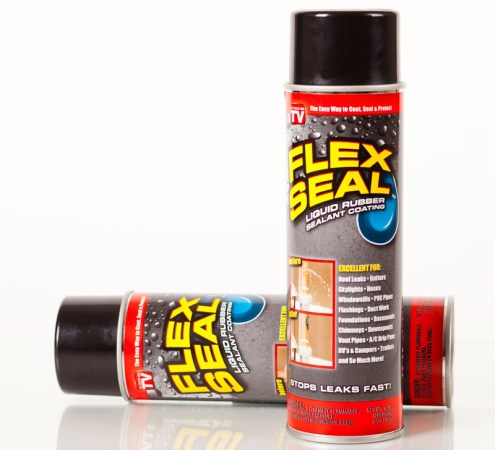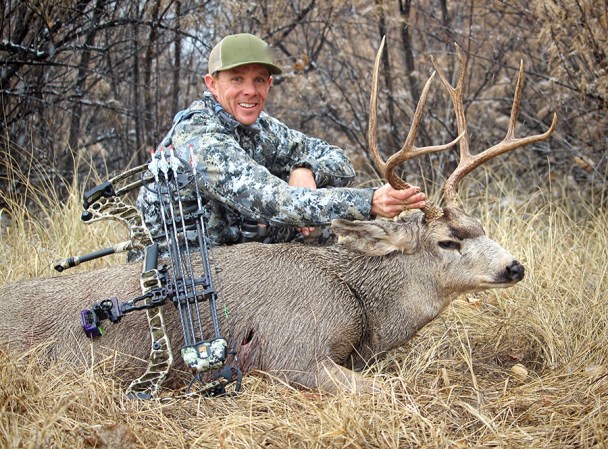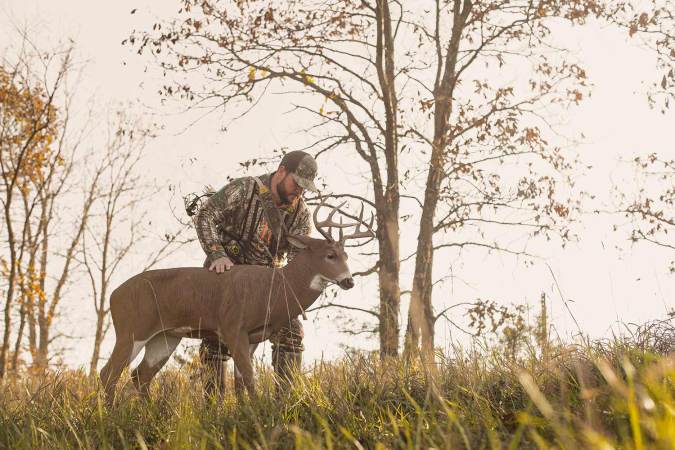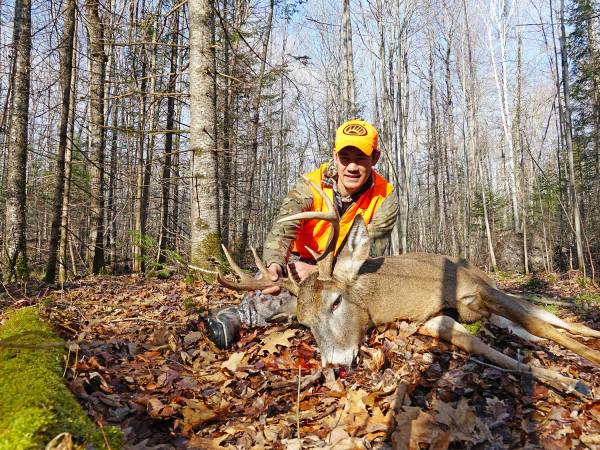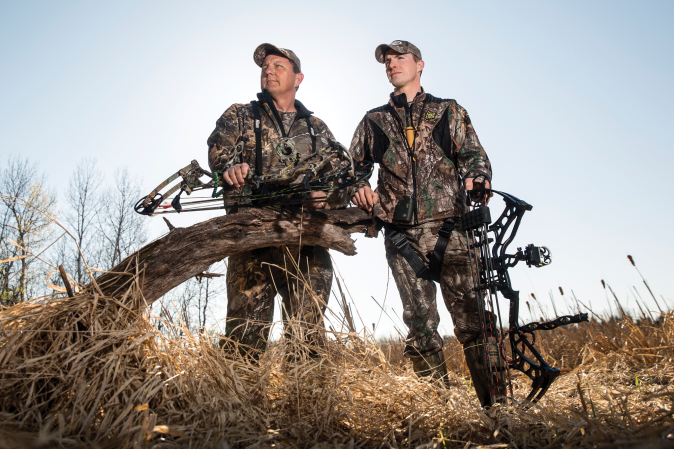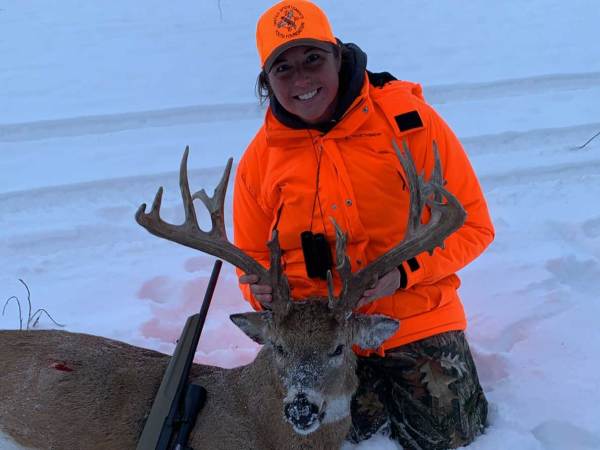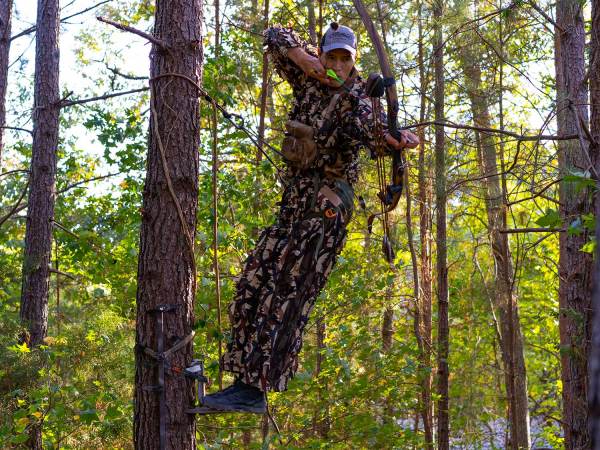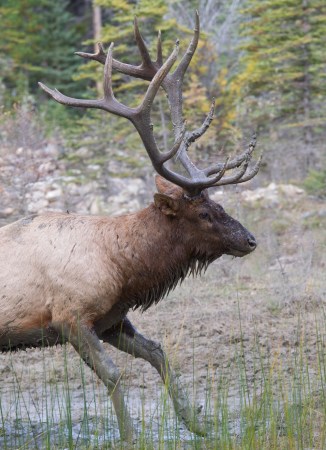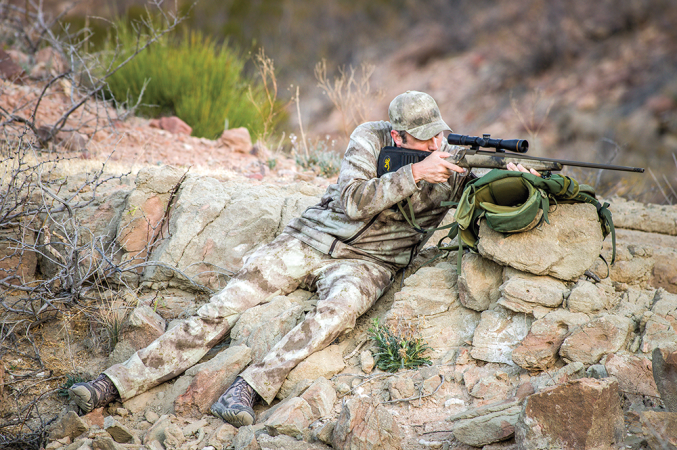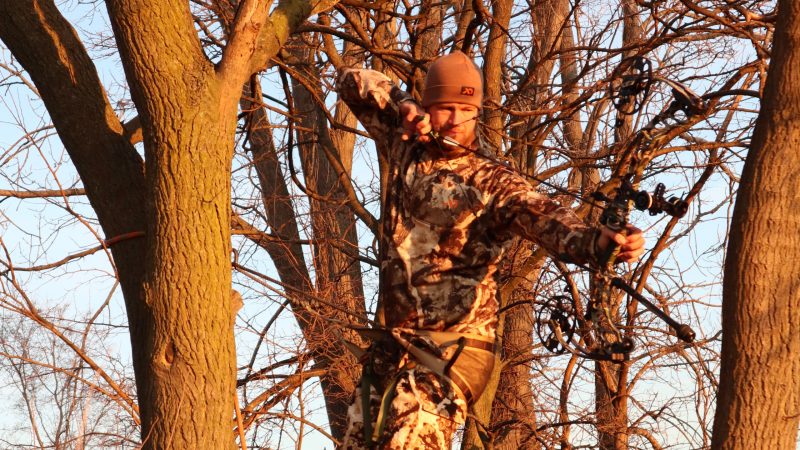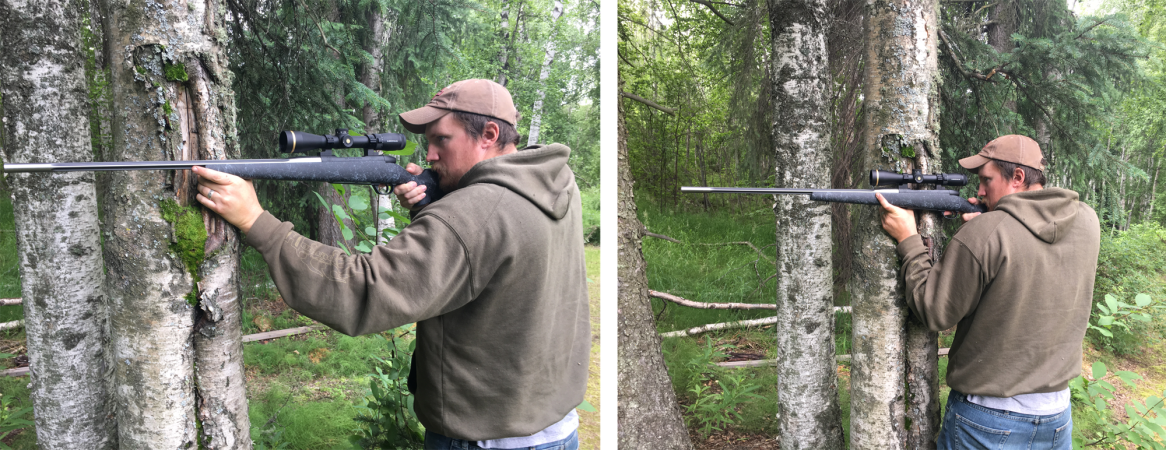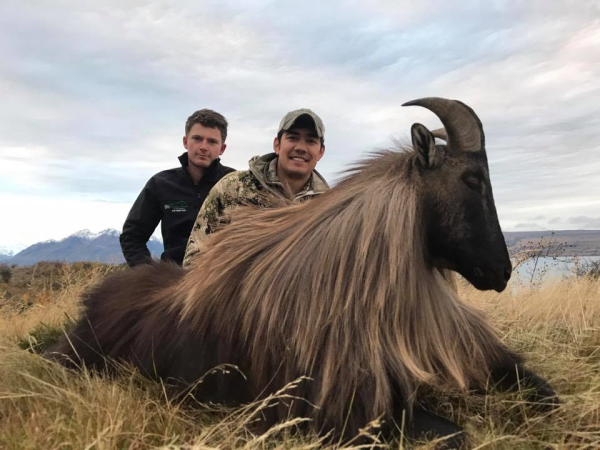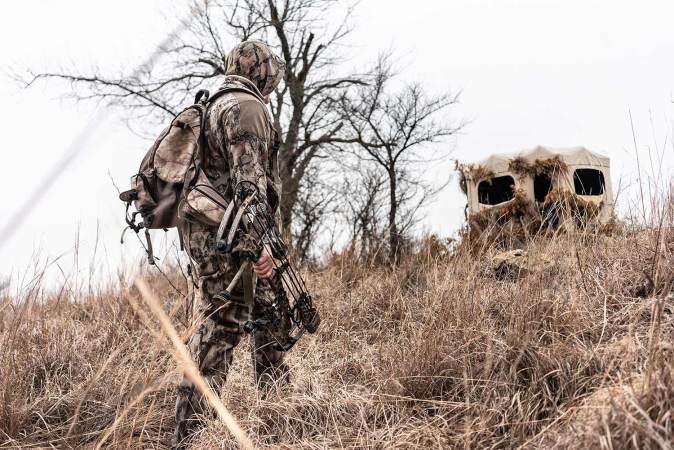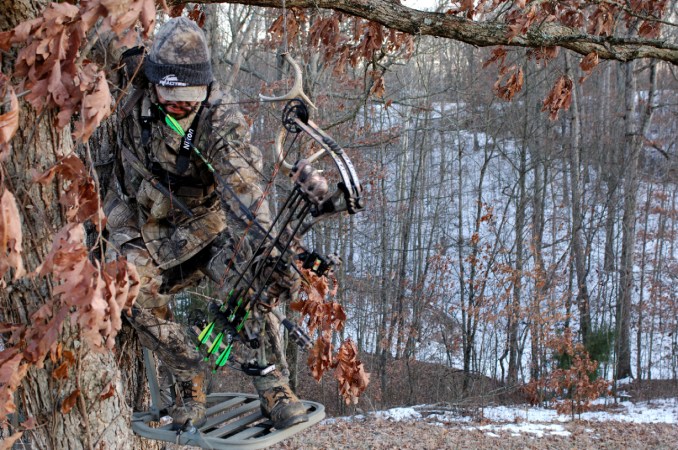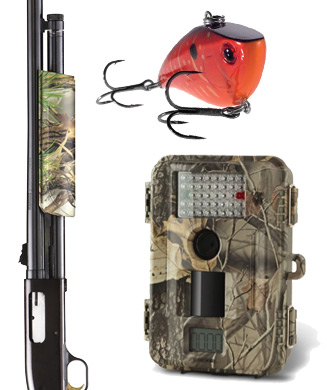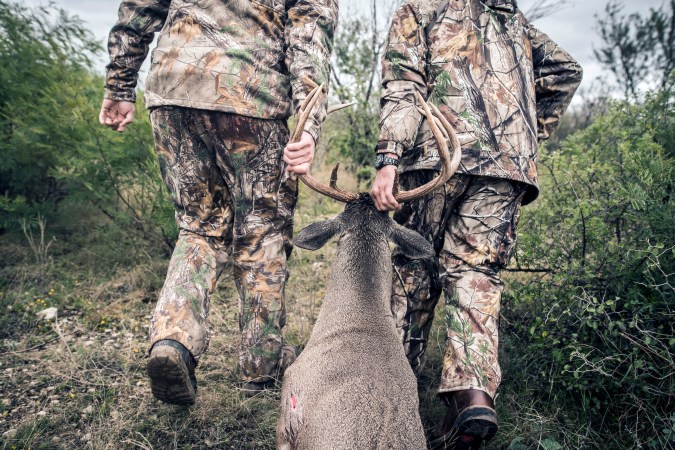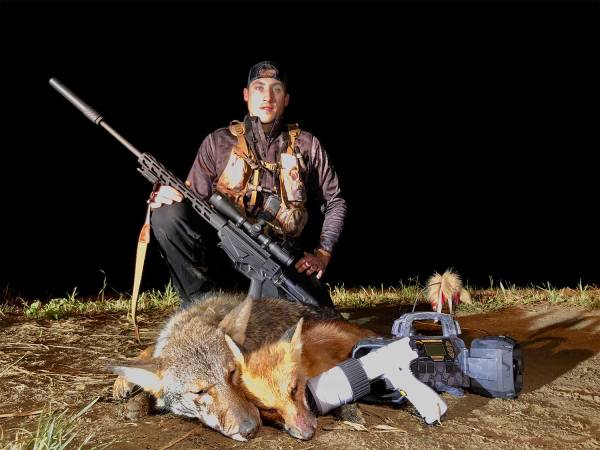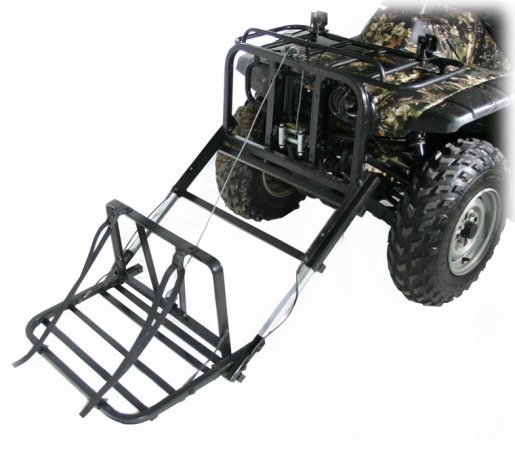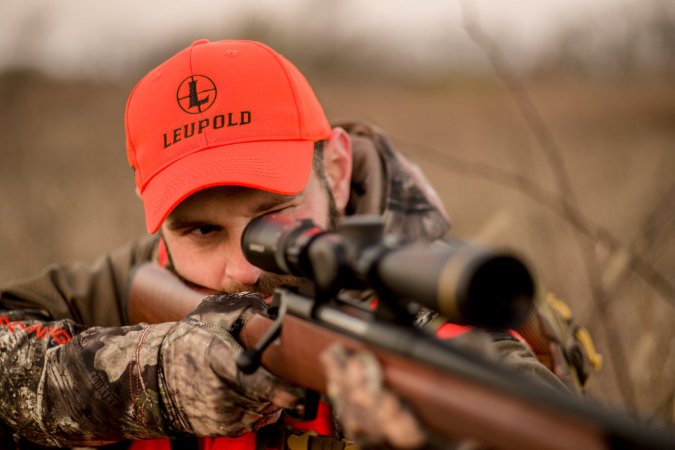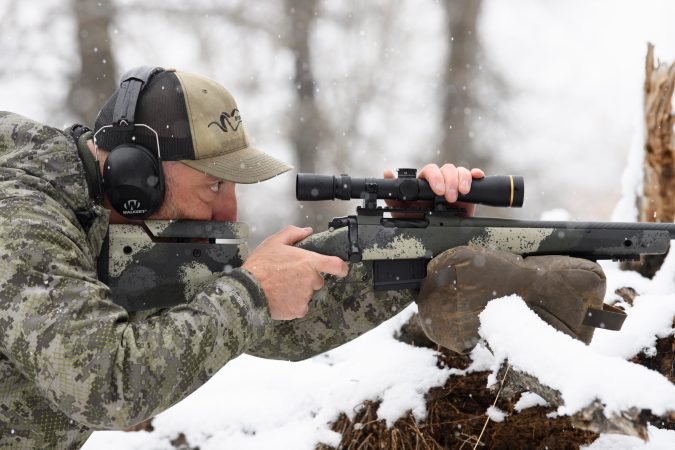The availability of large, contiguous tracts of huntable land has declined as fertile farmlands and homesteads are consumed by suburbia.
As this land vanishes, so does the hunter’s ability to pursue game with a high-powered rifle across large expanses. While traditional towers, shooting houses, and box blinds offer convenience, smart hunters realize they must venture farther to find the woody haunts where pressured deer hide.
Portable climbing treestands afford hunters the ability to go mobile, moving in concert with deer and paralleling their seasonal patterns. From the early-season opener to the late-winter close, the ability to adapt and adjust with a climber will help you score bigger and better bucks.
Essentials
Gun holder
A gun holder cradles the rifle, keeping it close at hand. This holder has rubber-coated grabs to protect a rifle’s finish. ($30; summitstands.com)
Shooting stick
The Primos Trigger Stick adjusts in height quickly and quietly with a simple squeeze of the trigger. Lightweight aluminum legs, a rotating V-yoke, and an articulating joint steady the rifle. A treestand attachment keeps the monopod from slipping through the slats on the standing platform. ($83; primos.com)
Stand
A rock-solid shooting platform is a necessity when steadying a rifle. Summit’s 18-pound (300-pound capacity) Mini-Viper SD is a sit-and-climb-style stand with a closed front that works great for rifle shooters (above). The generous tri-fold padded seat nestles the hunter while he lines up a shot. ($290; summitstands.com)
Shooting Rail
A fully adjustable, angled gun rest accommodates shooting angles from horizontal to straight down (below). The padded bar makes acquiring the target comfortable and quiet. ($43; summitstands.com)
Tree dock
This shooting rail is independent of the treestand, attaching directly to the tree. The dock adjusts in height from 25 to 45 inches, and can be rigged with numerous accessories, like a camo skirt, for better concealment. ($95; treedocksystems.com)
Full-body fall-arrest harness
A vest-style harness offers safety and security while climbing. The Hunter Safety System is reversible, featuring camo on one side and blaze orange on the other. ($149; huntersafetysystem.com)
Accessory pockets
These provide storage for hunt gear such as binoculars, rangefinders, grunt tubes, and cell phones. These versatile pouches keep climbing stands organized and uncluttered, and come three to a pack. ($20; huntersafetysystem.com)
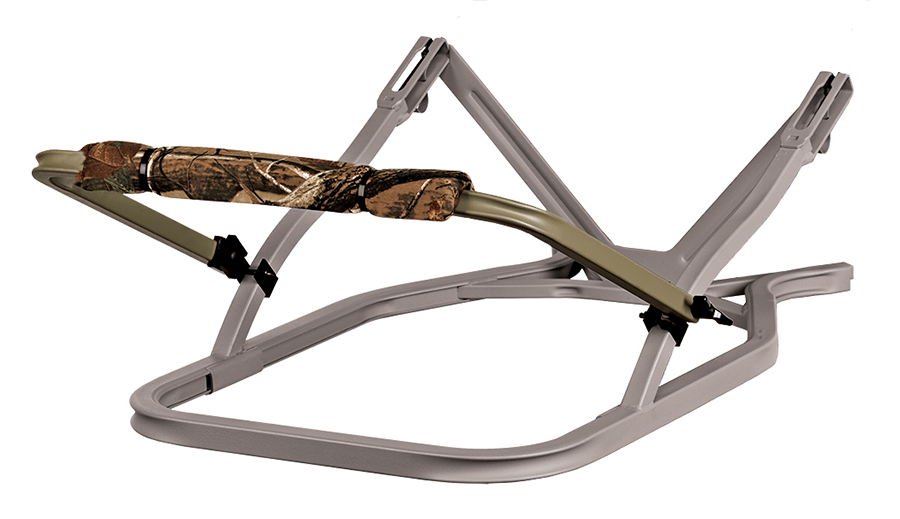
Shot Mechanics
Lefty or Righty
When setting your stand at hunting height, consider your shooting style. Position the stand so you can use the tree trunk as a rest.
Sling Seats
Climbers equipped with sling-style seats should be set as low as possible. Lowering the seat positions the rifle better for the shot.
Compact Rifle
Consider a rifle with a 20-inch barrel and an overall length of around 40 inches for better maneuverability while aloft.
Low-Mag Scope
In most instances, climbing stand shots are in close. Choose a scope with a low minimum-power setting and a bold reticle to better place shots in dim light.
Shooting Lanes
Climbing stands allow you to ambush deer deeper in the thickets. Consider your shooting lanes. Cut them prior to your hunt to ensure unencumbered shots.
Other Considerations
Stand Height
Climb as high as you feel safe. Height reduces scent dispersal and helps give you a better view of the terrain below.
Food Sources
When hunting food sources, keep your distance. Mature bucks circle these checking the wind prior to committing.
Mapping
Your preseason game plan should include marking various trees in the area you’ll visit during gun season. Multiple climbing stand locations allow you to play the wind as the weather dictates.
